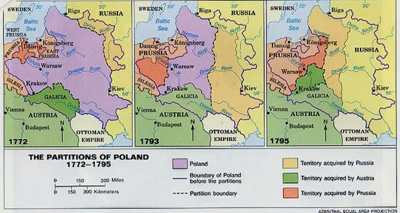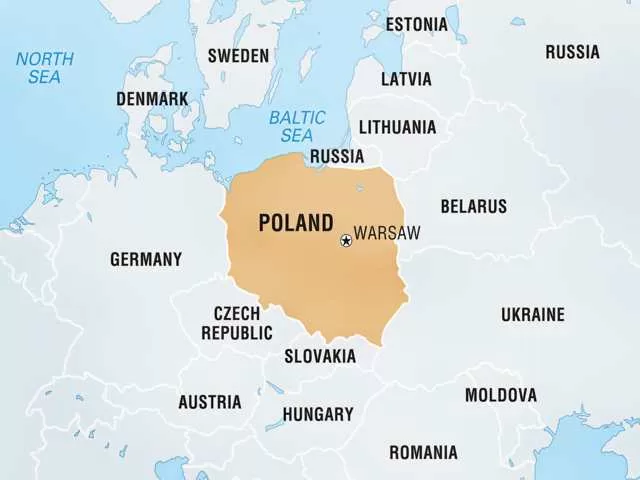Remembering the painful 2nd Partition of Poland in 1793, as Russia and Prussia annexed key territories. Explore the historical context and the controversial role of King Stanislaw August.
2nd Partition of Poland (23rd of January 1793)
Salve! Today marks the solemn anniversary of the 2nd Partition of Poland, a tragic chapter in the nation’s history when the Russian Empire and Prussia conspired to annex substantial parts of the Polish Kingdom. This sad episode unfolded in January 1793, leaving an indelible mark on the resilience of the Polish people.
The backdrop to this distressing event was the aftermath of the Polish-Russian War, which concluded in the summer of 1792. Despite a valiant stand by the inexperienced Polish army against the formidable Russian Imperial forces, the outcome was marred by betrayal. The Polish King, Stanislaw August, abandoned his army and subjects, surrendering unconditionally to the Russian Empress Katherine the Great, his former lover and patroness.
King Stanislaw August, the last of the elected kings of the Respublica, faced harsh criticism for his ineptitude in state affairs. Notably, he prioritized lavish spending on art, palaces, and women over the well-being of his kingdom. His character and actions, including accepting payment from the Empress of Russia, fueled dissatisfaction among his subjects.
Historical scrutiny, notably by Tadeusz Korzon in his extensive work titled ”Wewnętrzne dzieje Polski za Stanisława Augusta (1764 – 1794),” sheds light on the king’s controversial reign. Elected by Russian bayonets, he was eventually removed by the same force, culminating in the sale of the kingdom in 1795.
The king’s major political reform, known as the May Constitution, proved to be a double-edged sword. While intended to bring positive change, it became the pretext for Prussia and Russia to take action, leading to the pillage and partition of Poland.

Despite these tumultuous events, King Stanislaw August’s legacy found defenders and followers in Poland, a phenomenon that persisted through the Communist Republic and into modern times. His May Constitution, rather than being a symbol of progress, became a contentious factor contributing to the downfall of Poland.
Prussia’s Frederic Wilhelm II, a de jure military ally of the Polish king, demonstrated betrayal by marching into northern and western Polish territories during the partition. The Prussian occupation of Greater Poland, Kujawy, and Pomerania sealed the fate of these regions, officially annexed after the treaty of Grodno in 1793.
Reflecting on this historical tragedy, one can’t help but draw parallels to the infamous partition of Poland in 1939, orchestrated by Nazi Germany and Soviet Russia. The partitions stand as stark reminders of the challenges faced by the Polish nation throughout its history.
It’s crucial to note that the Polish kings of the past, including Sigismund Augustus, Stefan Bathory, Sigismund III Vasa, and his son Wladyslaw IV, had missed opportunities to address the threat posed by Prussia. Their failure to act decisively, to erase the vipers’ nest, ultimately had consequences that echoed through history.
The legacy of the 2nd Partition of Poland is a somber reminder of the complexities of diplomacy, betrayal, and the enduring spirit of a nation that has faced adversity with resilience. As we remember this painful anniversary, let it serve as a testament to the strength and determination of the Polish people throughout history.

